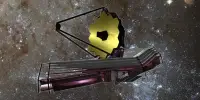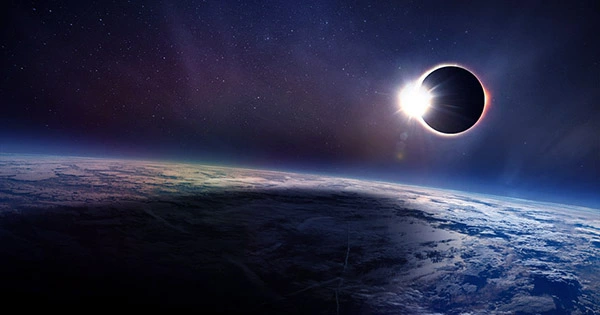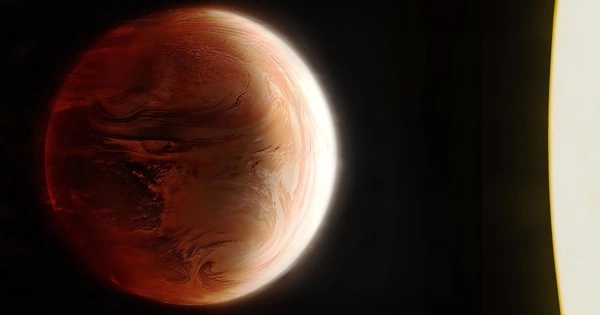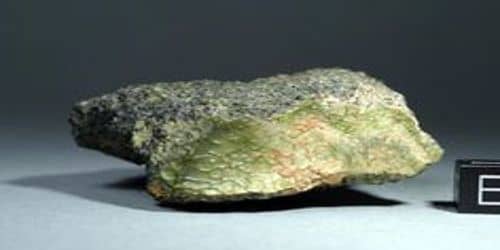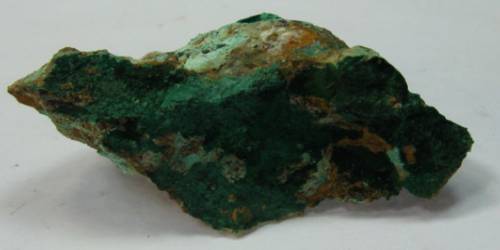Ultra-speedy jets are high-speed streams of matter and energy that are ejected from the vicinity of certain types of objects, such as black holes or neutron stars. These jets can travel at speeds close to the speed of light, and are thought to be powered by the intense gravitational and magnetic fields around these objects.
The Hubble Space Telescope is a space telescope that was launched into low Earth orbit in 1990. It is named after the astronomer Edwin Hubble and is one of the most famous and successful scientific instruments ever built. The telescope is operated by NASA and the European Space Agency, and is used to observe distant objects in the universe, such as galaxies, stars, and planets. It has made many important discoveries, including helping to confirm the existence of dark energy and the expansion of the universe.
Astronomers using NASA’s Hubble Space Telescope made a one-of-a-kind measurement that indicates a jet was propelled through space at speeds faster than 99.97% the speed of light by a titanic collision between two neutron stars.
The GW170817 explosive event occurred in August of 2017. The blast produced energy comparable to a supernova explosion. It was the first time gravitational waves and gamma radiation was detected simultaneously from a binary neutron star merger.
Our results show that the jet was moving at least 99.97% the speed of light when it was launched.
Wenbin Lu
This was a significant turning point in the ongoing investigation into these extraordinary collisions. In addition to the detection of gravitational waves, 70 observatories around the world and in space observed the aftermath of this merger across a broad swath of the electromagnetic spectrum. This marked a significant breakthrough in the emerging field of Time Domain and Multi-Messenger Astrophysics, which studies the universe as it changes over time using multiple “messengers” such as light and gravitational waves.
Just two days later, scientists directed Hubble to the site of the explosion. The neutron stars collided to form a black hole, whose powerful gravity began to draw matter toward it. This material spun rapidly, generating jets that moved outward from its poles. The roaring jet slammed into and swept up debris from the expanding shell of explosion debris. This included a material blob from which a jet emerged.
While the event occurred in 2017, it took scientists several years to develop a method for analyzing Hubble data as well as data from other telescopes to paint this complete picture.
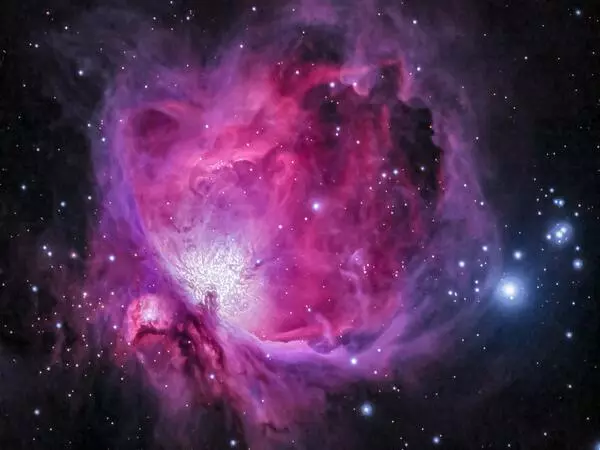
The Hubble observation was combined with observations from multiple National Science Foundation radio telescopes working together for very long baseline interferometry (VLBI). The radio data were taken 75 days and 230 days after the explosion.
“I’m amazed that Hubble could give us such a precise measurement, which rivals the precision achieved by powerful radio VLBI telescopes spread across the globe,” said Kunal P. Mooley of Caltech in Pasadena, California, lead author of a paper being published in the October 13 journal of Nature magazine.
To achieve extreme precision, the authors combined Hubble data with data from the European Space Agency’s Gaia satellite, as well as VLBI. “This measurement took months of careful data analysis,” said Jay Anderson of the Space Telescope Science Institute in Baltimore, Maryland.
They were able to pinpoint the explosion site by combining the various observations. The Hubble measurement revealed that the jet was moving at seven times the speed of light. According to radio observations, the jet decelerated to an apparent speed four times faster than the speed of light.
Because nothing can travel faster than the speed of light, this “superluminal” motion is an illusion. Because the jet is approaching Earth at nearly the speed of light, the light it emits later has a shorter path to travel. Essentially, the jet is chasing its own light. In reality, more time has passed since the jet’s light emission than the observer believes. This causes the object’s velocity to be overestimated, causing it to appear to exceed the speed of light.
“Our results show that the jet was moving at least 99.97% the speed of light when it was launched,” Wenbin Lu of the University of California, Berkeley said.
The Hubble measurements, combined with the VLBI measurements, announced in 2018, greatly strengthen the long-presumed connection between neutron star mergers and short-duration gamma-ray bursts. That connection requires a fast-moving jet to emerge, which has now been measured in GW170817.
This research paves the way for more precise studies of neutron star mergers detected by the gravitational wave observatories LIGO, Virgo, and KAGRA. With a large enough sample size in the coming years, relativistic jet observations could provide another avenue of investigation into measuring the rate of expansion of the universe, which is associated with a number known as the Hubble constant.
At the moment, there is a discrepancy between Hubble constant values estimated for the early universe and the nearby universe, which is one of astrophysics’ most perplexing mysteries. The varying values are based on extremely precise measurements of Type Ia supernovae by Hubble and other observatories, as well as measurements of the Cosmic Microwave Background by ESA’s Planck satellite. More observations of relativistic jets could help astronomers solve the puzzle.

